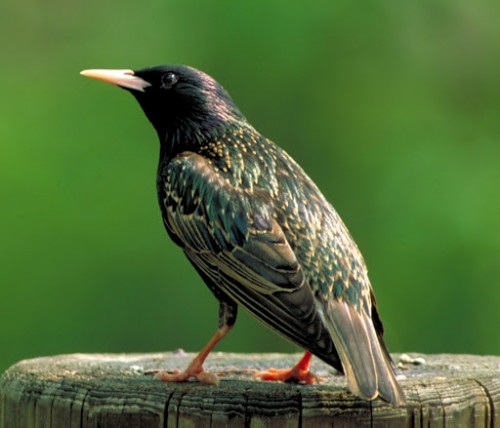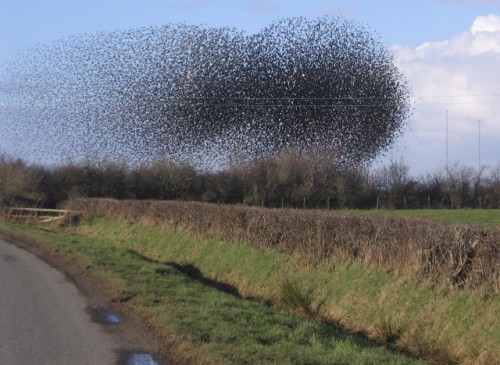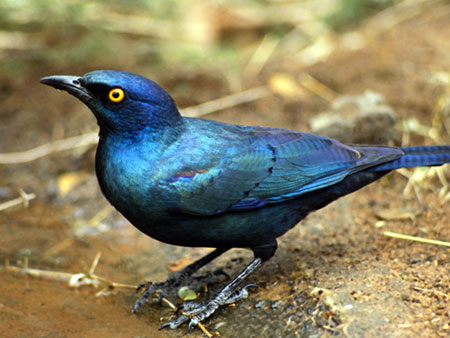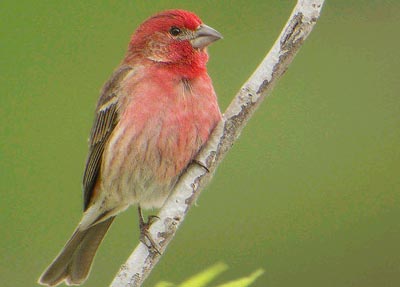On March 6th 1890, a New York pharmaceutical manufacturer named Eugene Schieffelin released 60 European Starlings into Central Park. Although this action might seem trivial and harmless at first, it has caused irreversible widespread ecological damage all across North America.
At the time, Schieffelin was the chairman of the North American Acclimization Society, a society that strived to introduce European flora and fauna into North America for economic and cultural reasons. One of his main goals was an effort to release every type of bird mentioned in a Shakespearean play into New York City. The society had released other birds that were mentioned in Shakespearean plays, such as nightingales and skylarks but none had survived.
120 years later there are now more than 150 million non-native and invasive European Starlings in the United States. The Starlings dominated bird food webs and ecological niches. The protractor muscles of European Starlings’ beaks allow them to pry and probe better than other birds. In addition, they can open their bills after pushing them into the soil, which allows for easier foraging skills compared to other native New York birds. Starlings have also been known to bully other birds by kicking species such as bluebirds, flickers and woodpeckers out of their nests.

European Starlings have also been of great harm to humans through epidemiological and economic impacts. Starlings carry multiple viral, bacterial, and fungal that can harm cattle, pigs, sheep, and horses. Consequently, many farmers all around the country are subject to losses in productivity and profit because of these birds.
Estimates predict that yearly Starling damage to agriculture was $800 million. In Idaho, some livestock operated estimated that starlings consumed 15 to 20 tons of cattle feed per day. Starling nests near airport pose an air craft safety potential for birds to be ingested into jet engines because they flock in large groups.
The United States has attempted to take a firm stand against the constant burgeoning population of the European Starlings. Columns around the U.S. Capitol were outfitted with electrified wires. People have tried shooting, poisoning, trapping, repelling and frightening the birds, but the population still grows.

I am sure if you ask the typical New Yorker what kind of birds live in New York City I am sure the vast majority will only be able to mention one: the proverbial Feral Pigeon. Little to the knowledge of many New Yorkers, the city is teaming with dozens of different types of birds that contribute to a robust and dynamic city ecosystem.
Our work as natural landscapers have shown us that in the city our avian friends also provide many benefits such as weed and pest control, flower pollination, and distribution of seeds. Birds also provide stress relief, and a daily reminder of our natural world amid the concrete jungle.
Native non-invasive birds are what our city needs in order to aid its growing ecosystem. It I clear that Non-native invasive birds such as the European Starling pose a threat to humans and animals alike. As a New York Green gardener we try our best to create landscapes that use 100 percent native species that consequently creates homes for other native species.


We also suggest that you fill your songbird feeders with safflower seeds instead of sunflower seeds. Your songbirds will enjoy it, but starlings detest it. In addition, purchase a feeder with a crescent shaped starling resistant entrance holes, which have proved to be 99% effective.
One of the main drivers behind Eco-Brooklyn’s actions is that belief that collective marginal changes can have a powerful impact. As natural landscapers we create environments that are the best for native species to thrive in. Hopefully in due time, the small impact that we make through out work and outreach will have a powerful impact in our neighborhood, city, country, and world.

